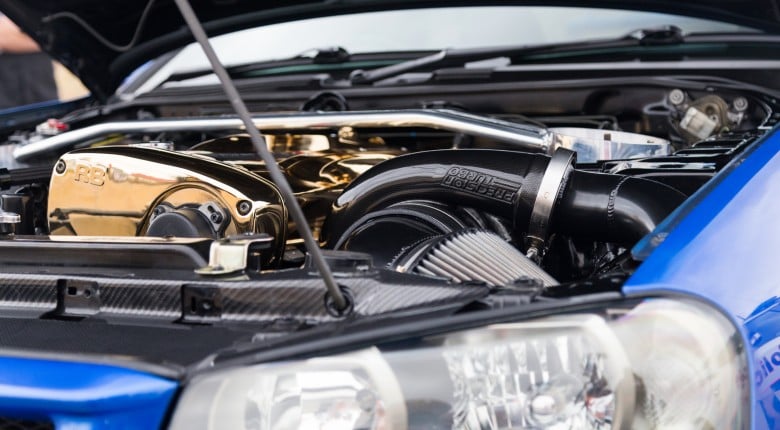At first glance, relays might seem like a bit of a dull topic, but these little components aren’t as simple as they seem. There are some complex aspects to a relay and as they form a critical part of your EFI system, it is important that you have an in-depth understanding of these simple, but incredibly-useful components. In this article, we’re going to look at what a relay is, why and how they are used, the different types available, and how to properly mount them.
In this article: What is a Relay and Why Use One? | How Does a Relay Work? | Types of Relays | Solid-State Relays | How to Choose Your Relay | How to Mount Your Relay | Conclusion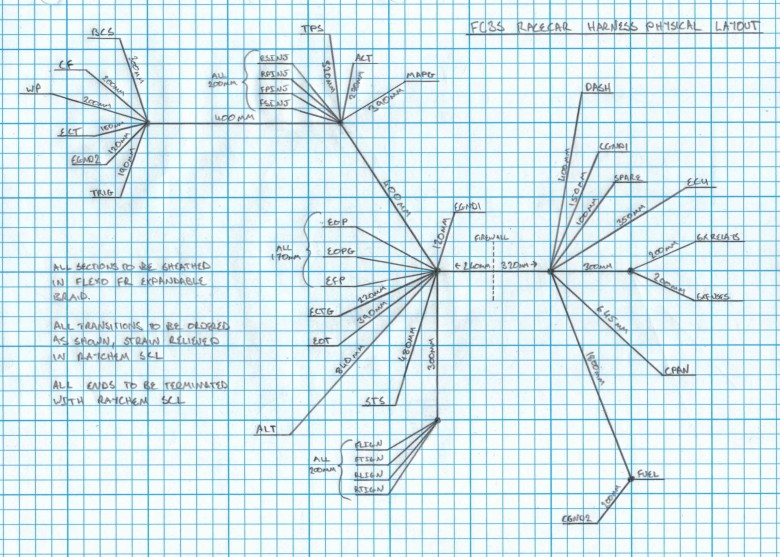
What is a Relay and Why Should We Use One?
As the name suggests, a relay simply relays a signal to another part of your electrical system and is essentially a switch that is actuated electrically as opposed to physically. There are a few reasons for using them:
- Relays enable the use of cheaper, low current switches because these switches don’t need to handle the entire current load of your high powered devices that the relay is supplying power to.
- You can use a smaller gauge of wire from your relay to your physical switch and keep the larger gauge wire close to the battery and the device that will be switched, saving you money and weight.
- A relay gives you the ability to activate multiple devices from a single switch by having multiple relays attached to supply the current required.
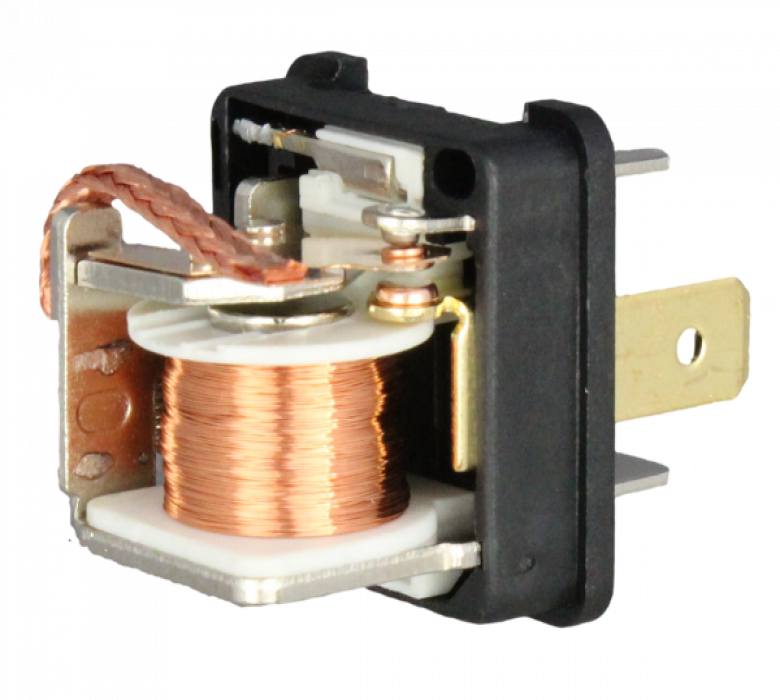
How Does a Relay Work?
Now that you know what a relay is and when you would use one, let’s talk about how it actually works. A standard automotive relay has four pins labelled 85, 86, 30, and 87. These numbers may not make a lot of sense but they are part of an automotive standard and are on almost any relay you will come across. The 85 and 86 pins are connected to the relay switching coil, which is what we power up with our low current switch, turning it into an electromagnet. This then turns on the high-current side of the relay and connects the high current 12 volt input pin '30' to the output pin 87. The resistance of the switching coil is reasonably high, which means that when 12 volts is applied across it by the switch, it will only draw a small current, and that’s what lets you use the small gauge wire.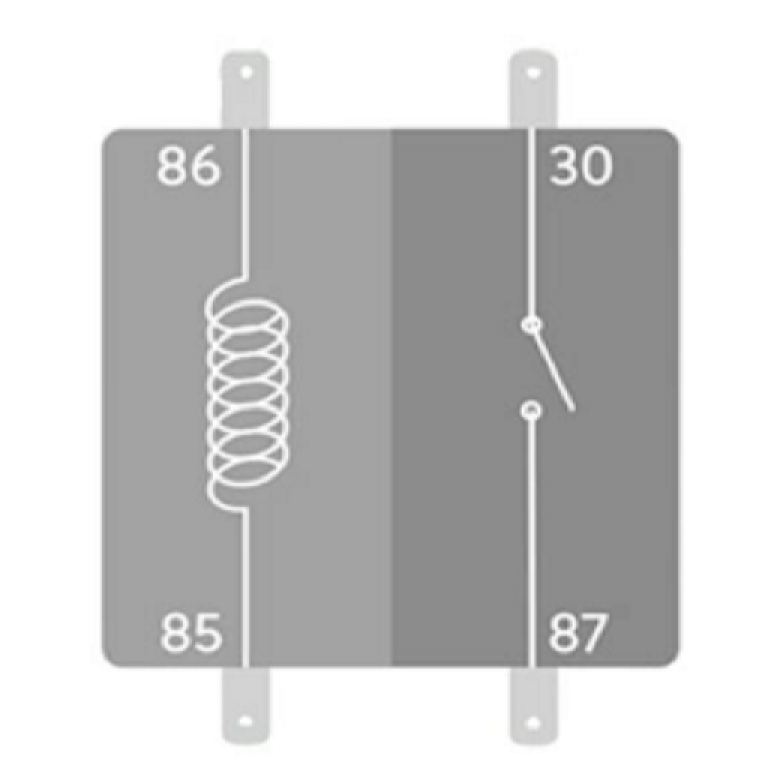
The electromagnetic coil is an inductive load, which means that as you are switching it on and especially off, it generates inductive voltage spikes which can wreak havoc on your car’s electrical systems. They can create noise and give you unexpected sensor readings or even cause parts of your EFI system to switch on and off erratically. You can get around this with the use of a device called a snubber, which is connected between the 86 and 85 pin to absorb the energy of the inductive voltage spike generated by the coil. This will most commonly be in the form of a resistor and comes as part of almost all automotive relays.
Another option to overcome the voltage spikes is to use a diode, which is an electrical device that acts like a one-way valve by only allowing current to pass in one direction. As the relay turns off and the magnetic field collapses, the current can pass through the coil in a circle and dissipate without any negative effects. Using a diode means that the polarity of the wiring between your 86 and 85 pins is critical. If power is put to your 85 pin and ground to 86, the current will pass through the diode and short to ground. You have to ensure that you put power to your 86 pin and ground to 85.
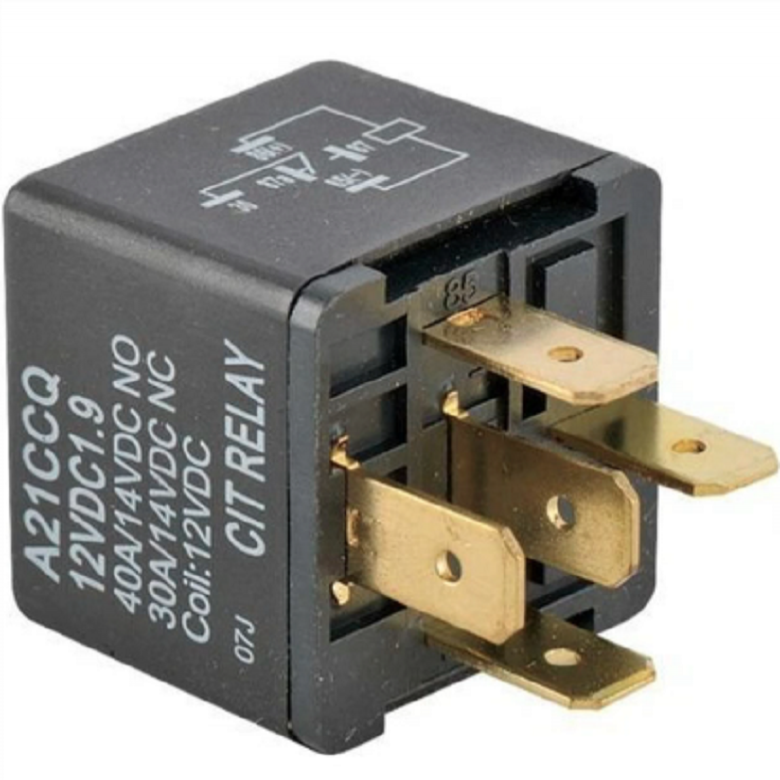
Types of Relays
There are a few different types of automotive relays available. First is your standard relay, pictured above, which comes in ‘normally open’, ‘normally closed’, and ‘changeover variants’. When they're not powered, normally-open standard relays sit in an open position, which means the connection between the 30 and 87 pins is broken until power is applied. Normally-closed standard relays sit in the closed position when they are not powered, which means there is a connection between the 30 and 87 pins until power is applied. The changeover relay, along with the usual 30 and 87 pins, also has an 87A pin. In its default position, a connection is being made between pins 87 and 30 and then when power is applied to the electromagnetic coil, the connection will now be between 87A and 30.
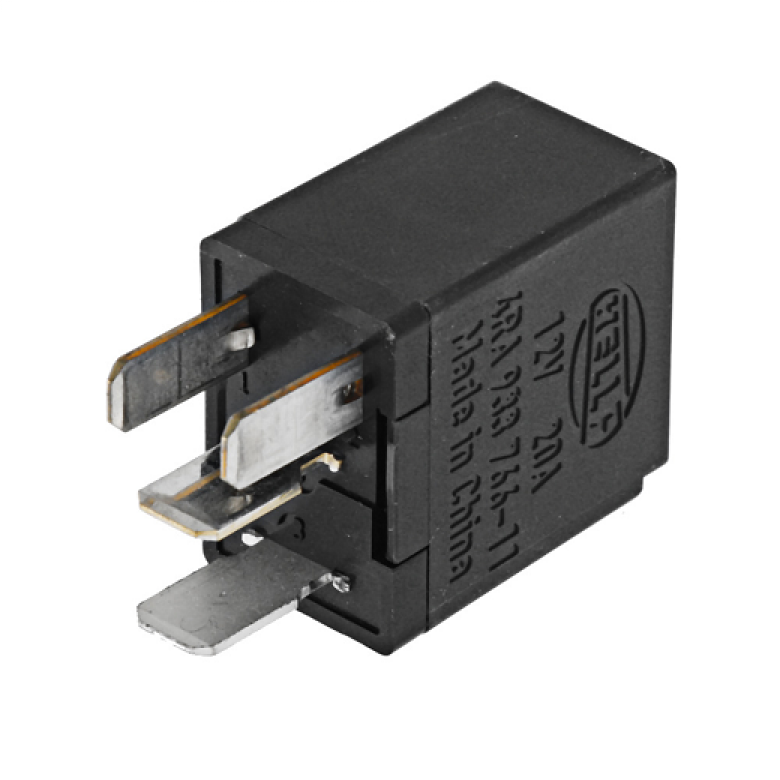
Next we have micro relays, which are particularly often used on GM vehicles. They have the same functions as a standard relay but simply have the pins in a different format with a much smaller case — about half the size of a standard relay.
Following on from the micro relay, we get even smaller with the ISO 280 micro relay, which is about two-thirds the size again. These are becoming increasingly popular in new vehicles due to the fact that they are compact, cheaper to produce, and come only fully sealed.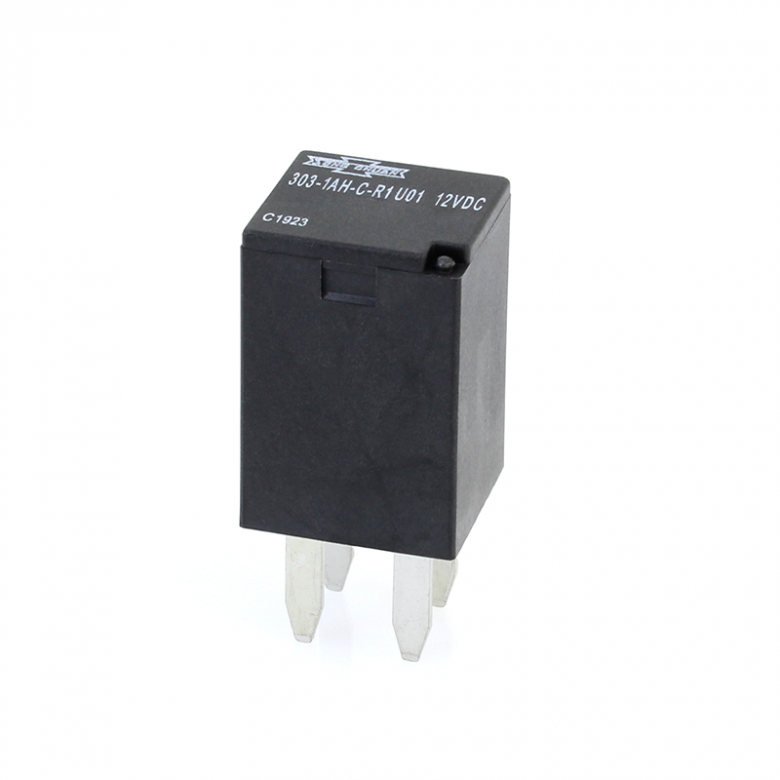
In case that wasn’t small enough, there is also a ISO 280 ultra-micro relay, which is about half the size again.
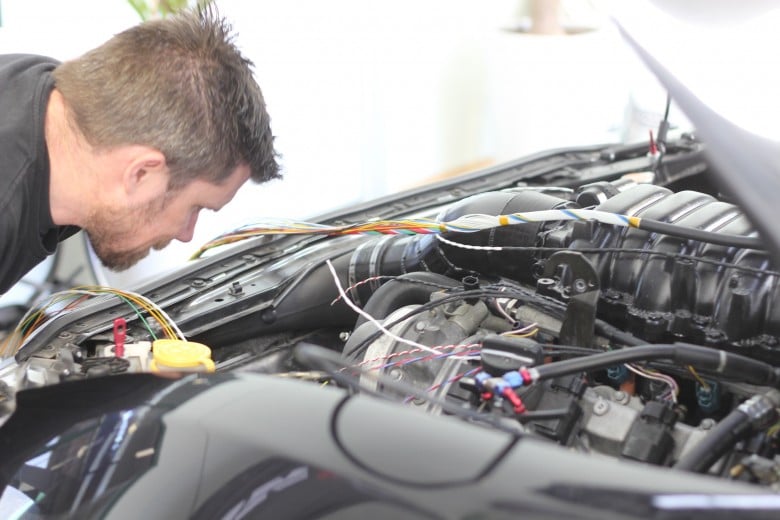
Solid State Relays
As the name suggests, solid-state relays are not a mechanical device, and instead do all their switching electronically, which gives the following benefits:
- Higher reliability than mechanically-switched relays.
- Can be switched on and off quicker as you don’t need to wait for the physical movement to occur.
- Due to the absence of the electromagnetic switching coil, they do not generate an inductive voltage spike.
- If your ECU is using the low current side of the relay to turn on the high-powered side, each side will be electrically isolated from the other by optical isolation. When power is applied to the low current side, it turns on an LED inside the relay which is then read by the high power side.
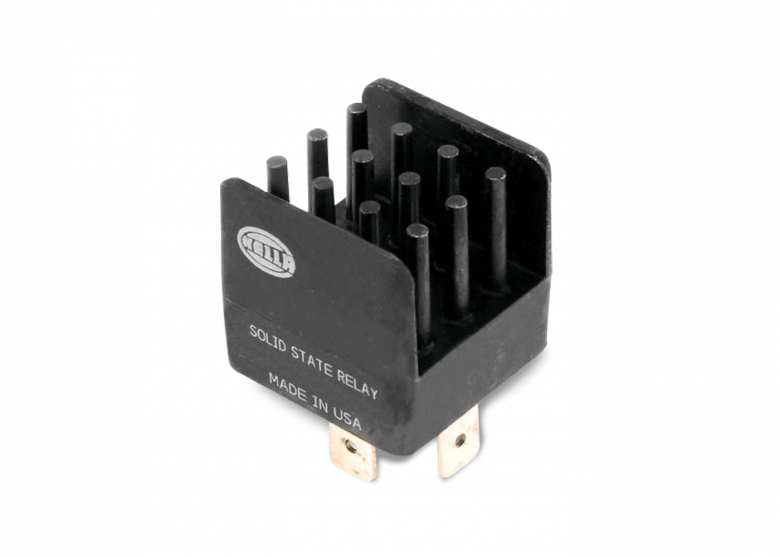
Just like with mechanical relays, solid-state relays come in a few different options. Firstly, there are those like the example shown above, which have the same footprint as a standard relay. Care however needs to be taken when installing these, as it’s not always possible to do a straight swap. If your standard relay is having its electromagnet coil switched on the low side, meaning it is having power applied constantly to one side and the ground to the other when you want to turn it on, then yes a straight swap is possible. If, however, you are supplying 12 volts to the electromagnetic coil when you want to switch it on, then this type of relay will not work.
The next option can accept anywhere from four to 32 volts on the low current input side, which allows for fantastic flexibility if you were to build a device for a 24 volt system. That said, it can be hard to get a tidy install with these relays due to the screw terminals on all four sides.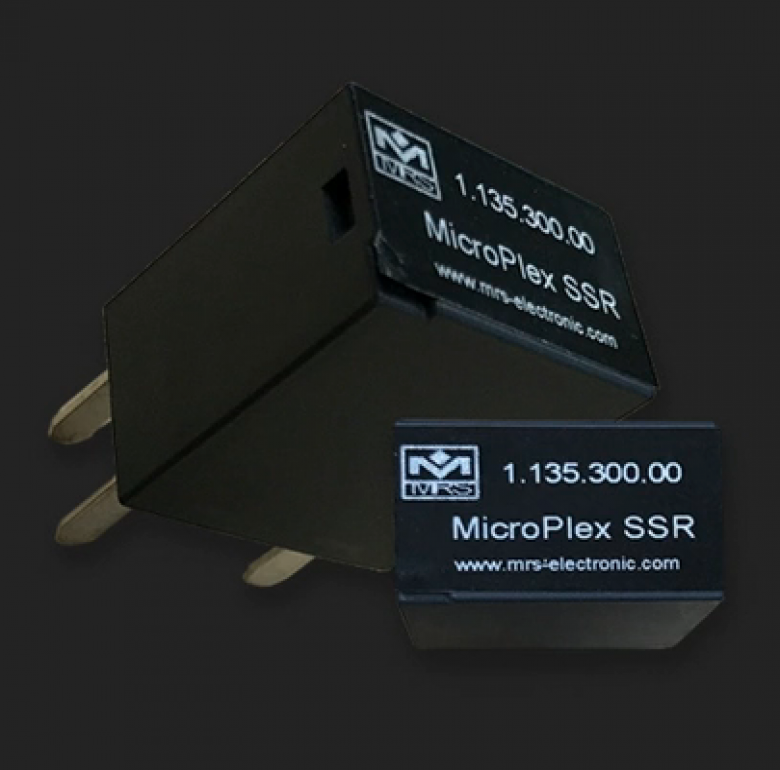
Lastly, it’s also possible to get a solid-state relay with the same footprint as the ISO 280 relay. These can be straight swapped and also have CAN bus communication that can be used to switch them on and off. 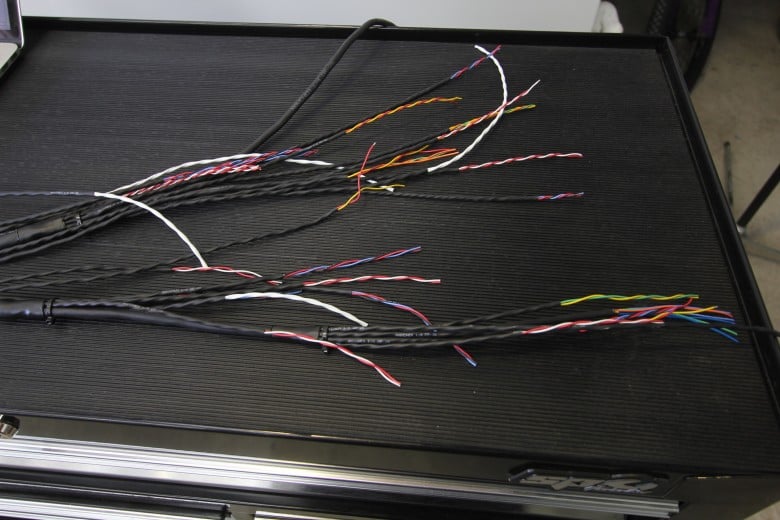
How to Choose Your Relay
The most important factor to consider when selecting your relays is the current requirement of your high-powered devices. A high-powered fuel pump, for example, will draw around 10-15 amps when it’s working hard. In this instance, you would want a relay that can support up to 30 amps in order to give yourself a bit of a buffer and ensure it’s reliable.
It’s also important to consider the way in which your various components work. For example, a cooling fan draws around 15-20 amps. However, when it's first switched on it will draw a much larger current, known as an in-rush current, so in this particular case you should be looking at using a 40 amp relay to make sure it can handle that initial spike.
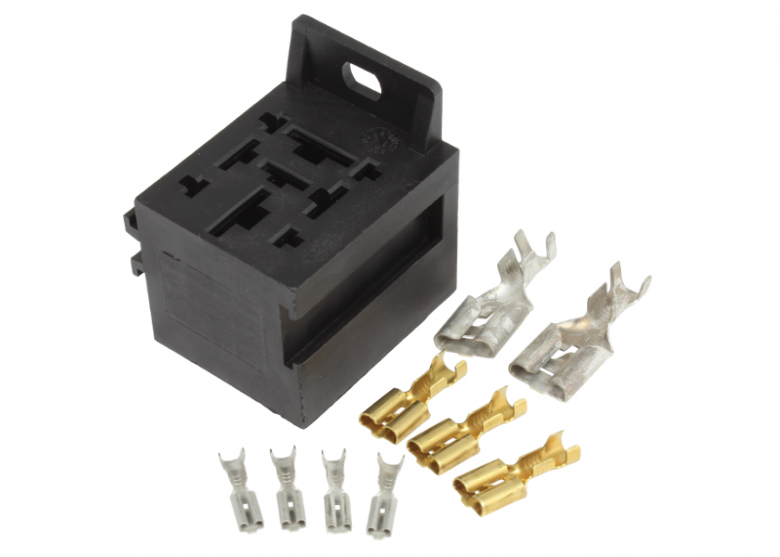
How to Mount Your Relays
Like with many tasks when it comes to cars, there is more than one way to mount your relay. First, let’s look at a standard relay mount, which your relay simply clips into and can then be mounted via the bolt hole at the back. The issue with this system is that as soon as you get a few stacked in a row, they get quite large and it can be hard to find the space to mount them in your vehicle. A smaller mount to suit the micro relays is also available and can stack with the standard relay mounts in order to save a little bit of space.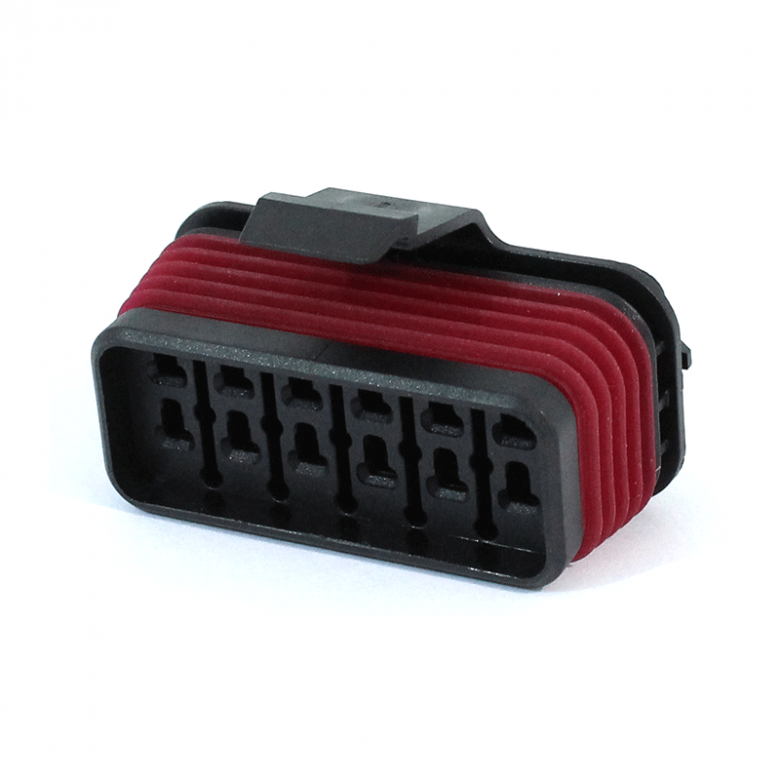
Getting even more compact, we have a general-purpose mount with pin spacings to match ISO 280 micro and ultra micro relays as well as a standard mini blade fuse, which means you can have your relay and fuses to protect the circuits in one simple little package. These are made by a company called GEP and also come in larger sizes with more pin locations allowing you to build a complex power distribution setup.
A lot of thought needs to be put into the location that you mount your relays and the most important factors to consider are keeping moisture out and keeping the relays away from heat and vibration.
As you can probably tell by the fact that we were able to show you the inner workings of a standard relay earlier in this article, these relays are not completely sealed. Because of this, you would only ever want to mount this type of relay in the interior of the vehicle where it won’t come into contact with moisture. Having said that, you likely won’t be dealing with relays like this too often, as those that are completely sealed are now widely and cheaply available. If you are using completely-sealed relays, you need to make sure these are mounted right side up to stop water seeping down through the terminals into the relay, or even just causing corrosion if it pools around the terminals.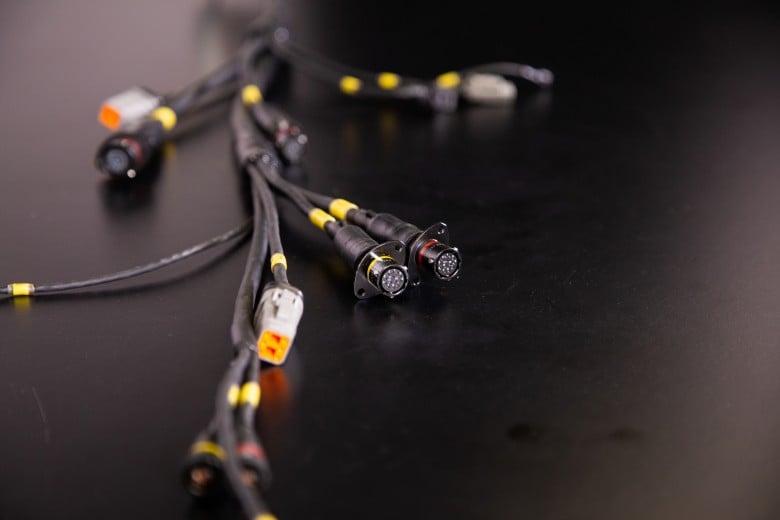
As you might be able to guess by the fact that all the relays we have shown you are constructed largely of plastic, it’s important to consider heat when you mount your relays, as most are only rated to around 85 degrees celsius. If at all possible, you want to keep them out of the engine bay but if that is unavoidable, keep them shielded and as far from any heat sources as possible.
As relays have a mechanical switching motion, they will be prone to wearing out over time, so in order to slow this process down you will want to minimise the amount of vibration to which they are subjected. Especially if they are vibrated at a harmonic frequency, the relay can be rattled enough to actually switch it on and off which can cause sparking and wear out the contacts. Mounting them onto something like a piece of rubber can help with isolation from vibration.
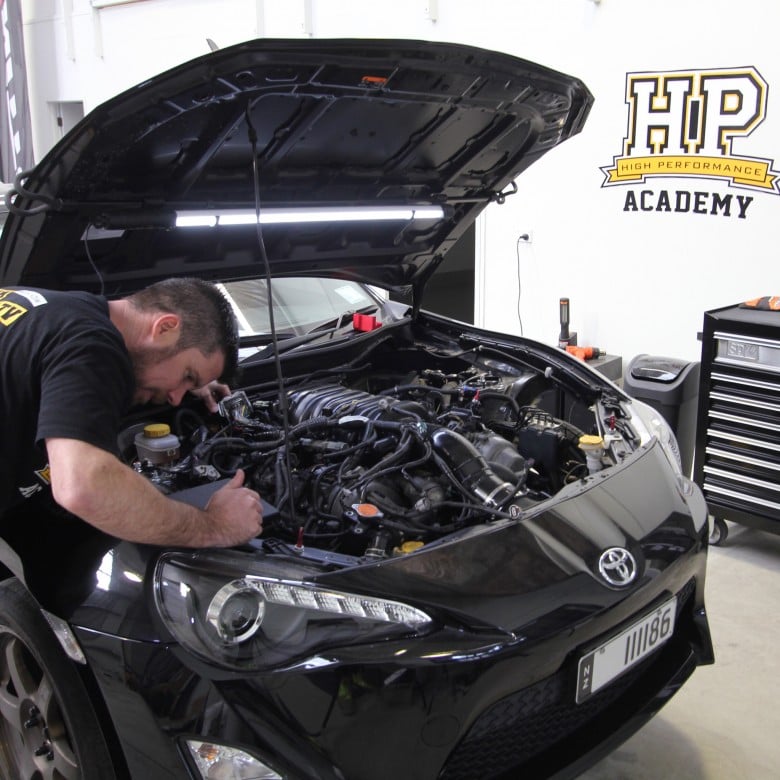
Conclusion
Hopefully you now have a more in depth understanding of relays and can see that they are a more complex part of your EFI system than you might first think. By picking the right relay for the job, understanding exactly how it functions, and mounting it correctly in the right place, you’ll be multiple steps closer towards building a safe, efficient, and reliable electrical system for your vehicle.
Want to learn more about wiring? Come along to the next free live lesson. Claim your spot now.
